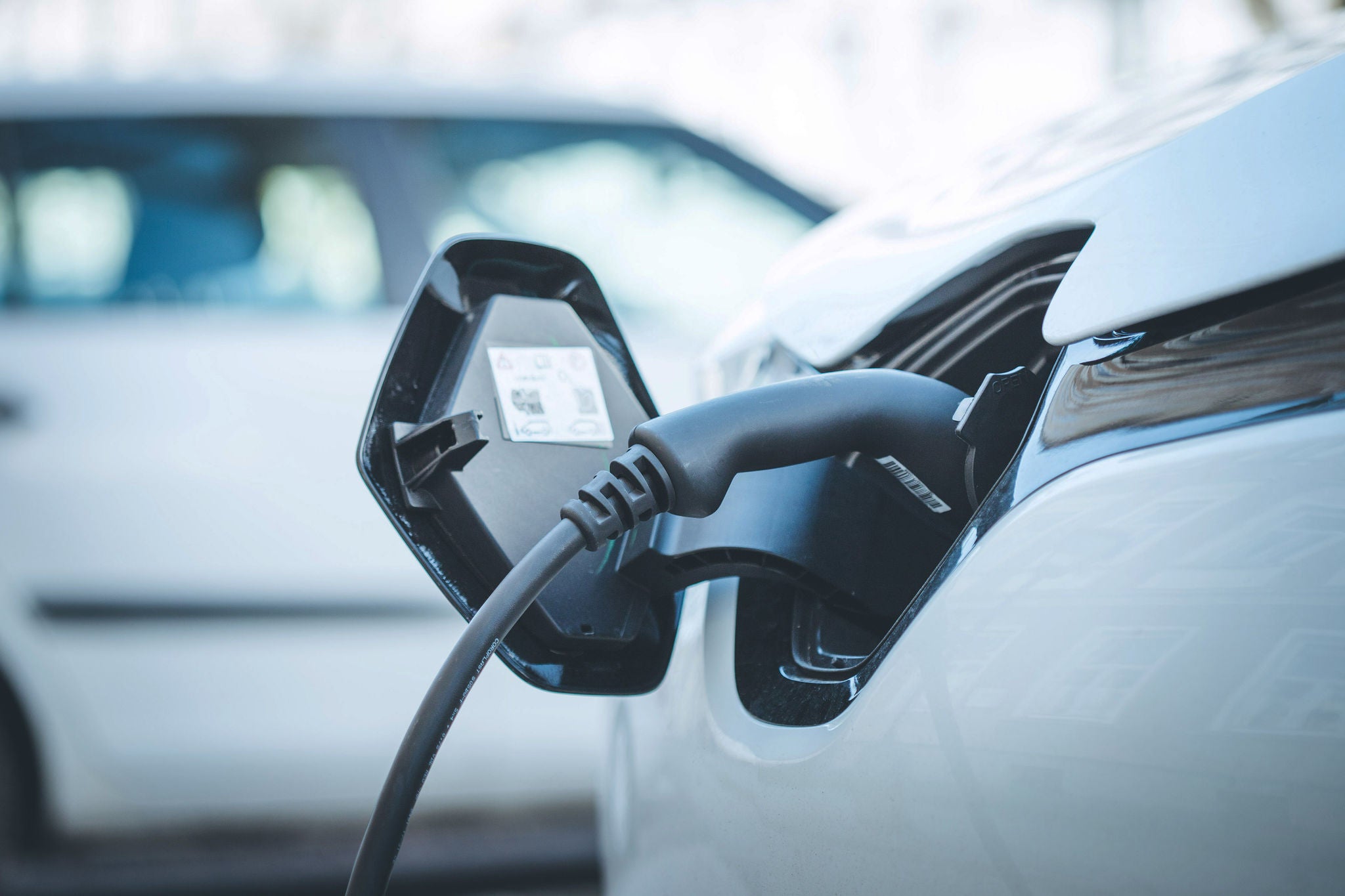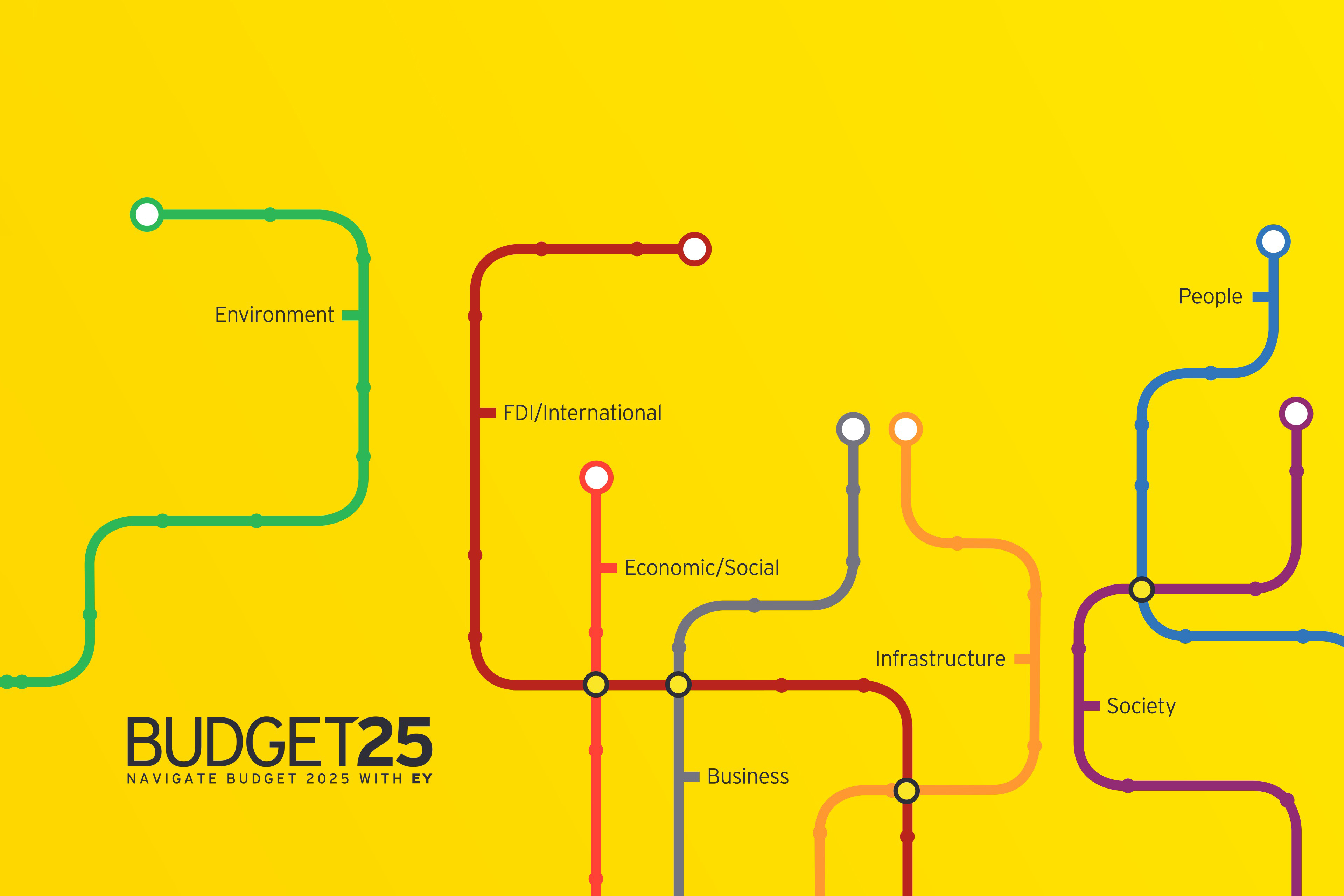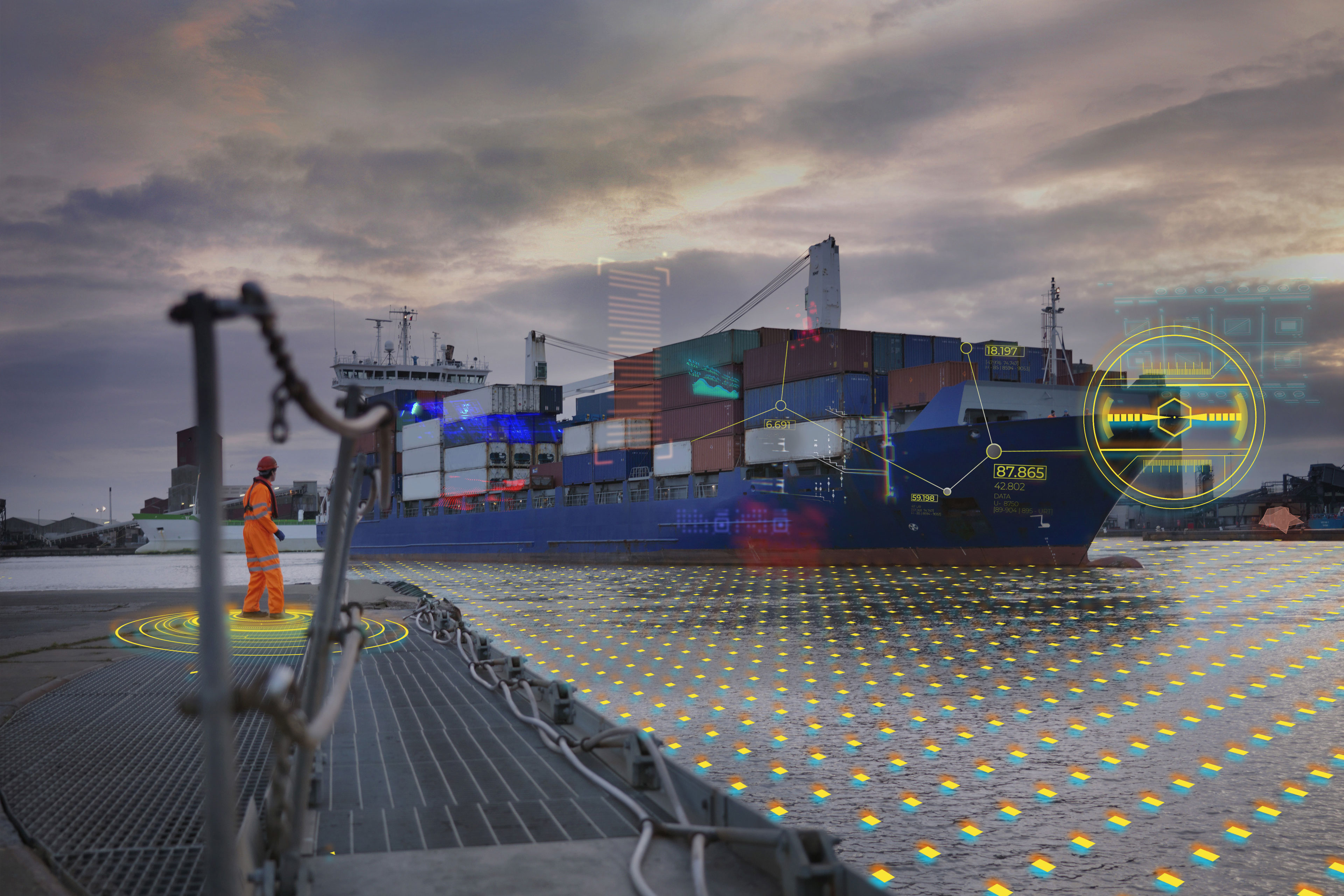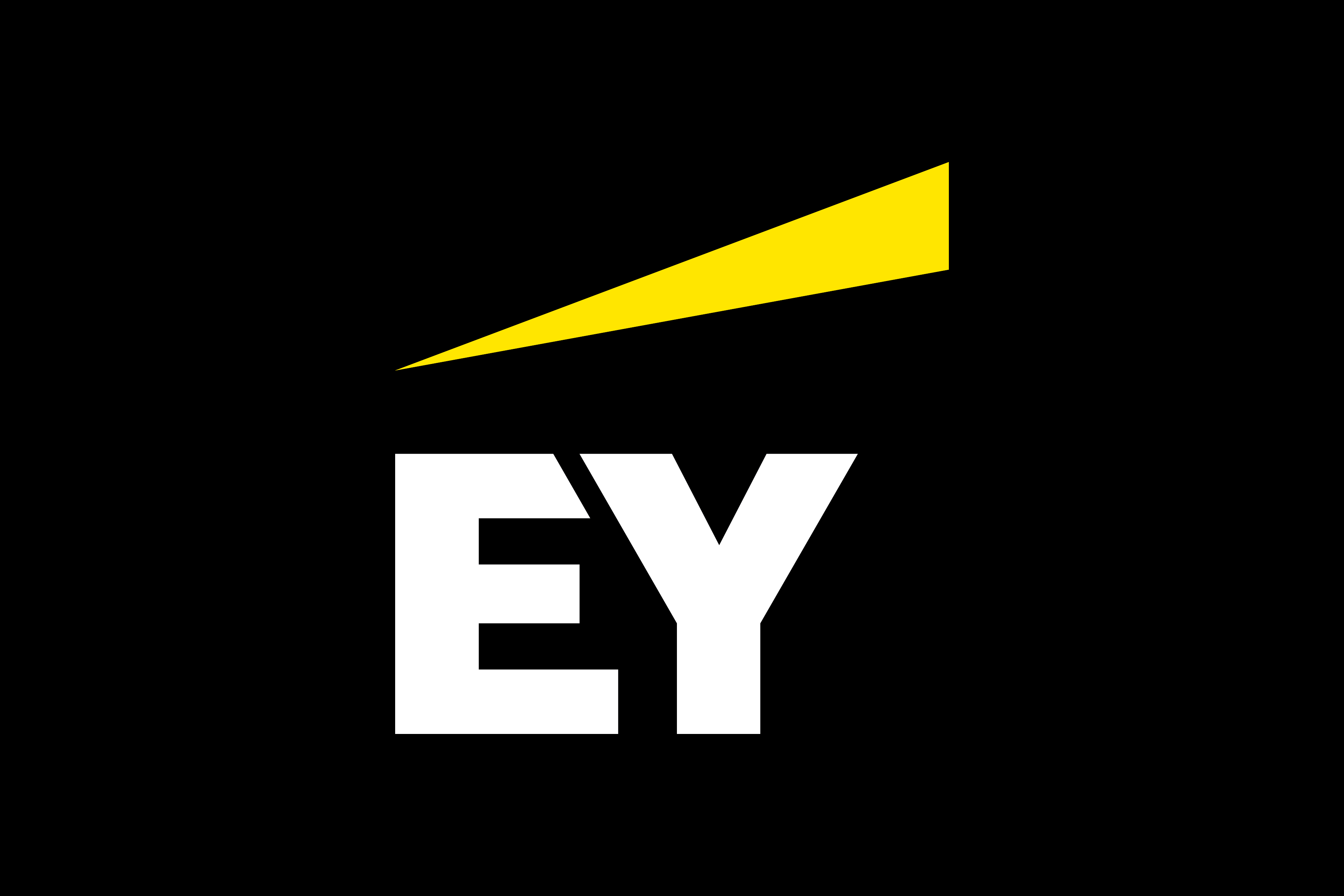EY refers to the global organization, and may refer to one or more, of the member firms of Ernst & Young Global Limited, each of which is a separate legal entity. Ernst & Young Global Limited, a UK company limited by guarantee, does not provide services to clients.

With adoption of the EU Clean Vehicles Directive, it will be interesting to see how much of the procurement target Ireland meets.
In brief
- Ireland has committed to adopt the maximum target of 40% for cars and light trucks
- Time to set up future infrastructure and be cognisant of future marketplace
- Scope of the Directive is not prescriptive, each EU member state will need to outline their own strategy
The article is authored by Suzanne Cloak, Alan Dickson, Terence McGovern.
Road transport accounts for nearly one-quarter of Europe’s total greenhouse gas (GHG) emissions. The energy transition from fossil fuels to sustainable sources of energy requires changes across all sectors. To accelerate this transition, the EU member states will lead the way, driving implementation and demand of low and zero-emission vehicles.
The EU Clean Vehicles Directive, that was entered into force on 14 August 2019, will be passed into Irish law on 2 August 2021. This Directive sets targets for public procurement of clean vehicles in each member state by increasing the share of low and zero-emission vehicles in contracts tendered by public authorities.
Ireland has agreed to adopt the maximum target of almost 40% for cars and light trucks, and 10% for heavy duty trucks that will be procured from August 2021, to be clean vehicles. For buses, the target is even higher, with 45% procured to be green vehicles and half of that to be zero-emission vehicles. The Directive covers public (not private bus companies) purchase, lease, rent or hire-purchase contracts whose awarding procedures start after 2 August 2021. Certain vehicles, however, do not come under the purview of this Directive such as special vehicles used by armed services, civil defence or fire services, and vehicles designed for use on construction sites or mobile machinery.
Fuelling demand
This Directive sends a positive signal to the market as it stokes demand for cleaner vehicles and is a move towards decarbonisation of transport across EU member states. The targets give manufacturers the confidence to ramp up production for low and zero-emission vehicles, thereby encouraging the price of clean vehicles to fall. Ireland still has a long way to go, with 36% of new cars sold this year being diesel powered and 31% being petrol powered.
This Directive will also encourage EU member states to further develop their own refuelling and recharging infrastructure. The emergence of new technologies on a bigger scale would usher in important changes to road transportation infrastructure that would include depots, workshops, charging stations, access to electric grids, etc. It would also require training and creating teams of personnel with the required skill sets.
Through these higher priced (compared to cars powered by fossil fuel) cleaner vehicles, we could potentially see increases in procurement budgets. Therefore, it will require financial schemes in place to cover additional costs for cleaner vehicles and infrastructure. However, lower operational costs would contribute to a competitive total cost of ownership.
This Directive will see EU member states lead by example in the ramp-up of low and zero-emission vehicles through their public procurement policies, thus setting a pathway of lower entry points to the market for private individuals. But are public authorities prepared for the switch to cleaner vehicles with increased requirements for specific infrastructure, financing for more expensive vehicles and strategies to achieve the targets?
Taking inspiration from Norway
There are important lessons to be learnt from the high penetration of electric and low-emission vehicles in Norway. Although the Norwegian Government did not instruct public fleets to procure clean vehicles, stating instead that it was up to the market to respond to the electric vehicle (EV) incentives that had been introduced, in 2020, more than 50% of new cars sold were electric or plug-in hybrids, up from 1 percent over a decade ago. This was achieved through a well-designed policy package of incentives for EVs that included tax breaks for buying, owning and using EVs, and deployments of charging points. There was clear communication to garner consensus on the benefits of usage and ownership of clean vehicles. The Norway Government set clear and measurable goals while understanding user requirements such as access to fast charging points.
Roadmap for tomorrow
The scope of this Directive is not prescriptive in its implementation and each member state will need to define their own strategy. To ensure public authorities, state and semi-state bodies are in alignment with the incoming EU Directive, there needs to be consideration of at least some of the following:
- Start preparing your procurement structures now. The Directive comes into play this year, which means new contracts will need to factor in the targets. Define how and where the clean vehicles will be procured and where those will be used across different public bodies, regions and departments.
- Plan out the roadmap for moving to low and zero-emission vehicles. Review and decide on technologies to develop and introduce in respect of future purchases, maintenance, repairs and skilled labour. Be cognisant of purchasing power.
- Go beyond compliance as there will be incentives/cost avoidance benefits in the long run. Set up future infrastructure and be cognisant of the future marketplace and requirements.
- Create a plan to operationalise the introduction of clean vehicles across the organisation. Start small and scale up, identify metrics and KPIs while setting out new operating processes to best manage and monitor the fleet performance; and work out a plan to get the best out of new technology.
However, it is important to keep in mind that a one-size-fits-all approach to the Directive will not work as different entities and organisations will have different needs. Therefore, there will be a need to tailor the responses to suit individual requirements.
Summary
The EU Clean Vehicles Directive will speed up the switchover to low and zero-emission vehicles. As Ireland moves in the direction, the country will need to decide on technologies for future purchases, maintenance, repairs and skilled labour.
Related articles
How to give Irish climate action a snowball’s chance
Presentation and communication will be key to the overall success of the Government’s climate action ambition, writes Stephen Prendiville.




